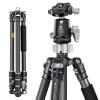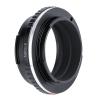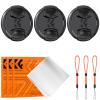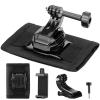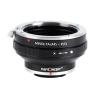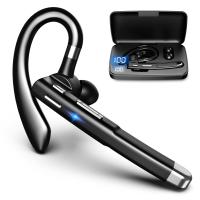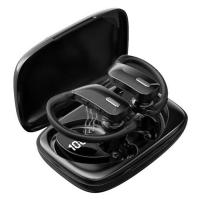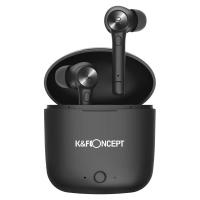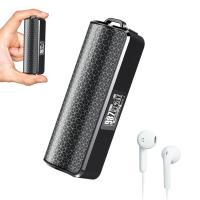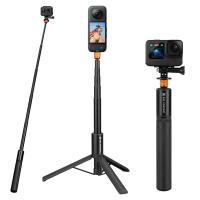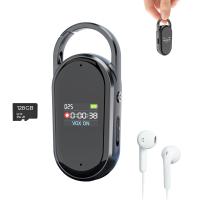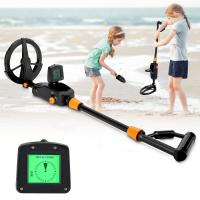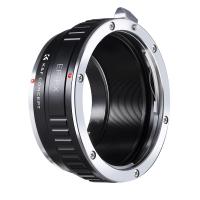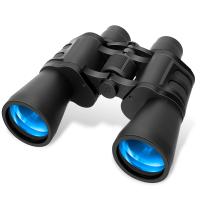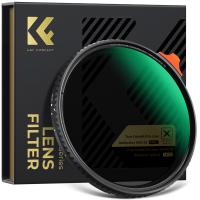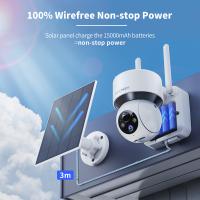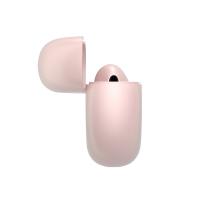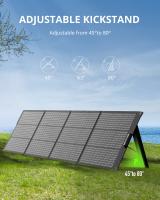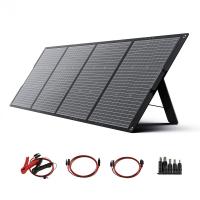How Long Should Headphones Last?
When it comes to purchasing a new pair of headphones, one of the most common questions that arise is, "How long should headphones last?" This question is not only pertinent for budget-conscious consumers but also for audiophiles who invest significantly in high-quality audio equipment. The lifespan of headphones can vary widely based on several factors, including the type of headphones, usage patterns, and maintenance practices. In this article, we will delve into these factors to provide a comprehensive understanding of how long you can expect your headphones to last and what you can do to extend their lifespan.
Types of Headphones and Their Expected Lifespan
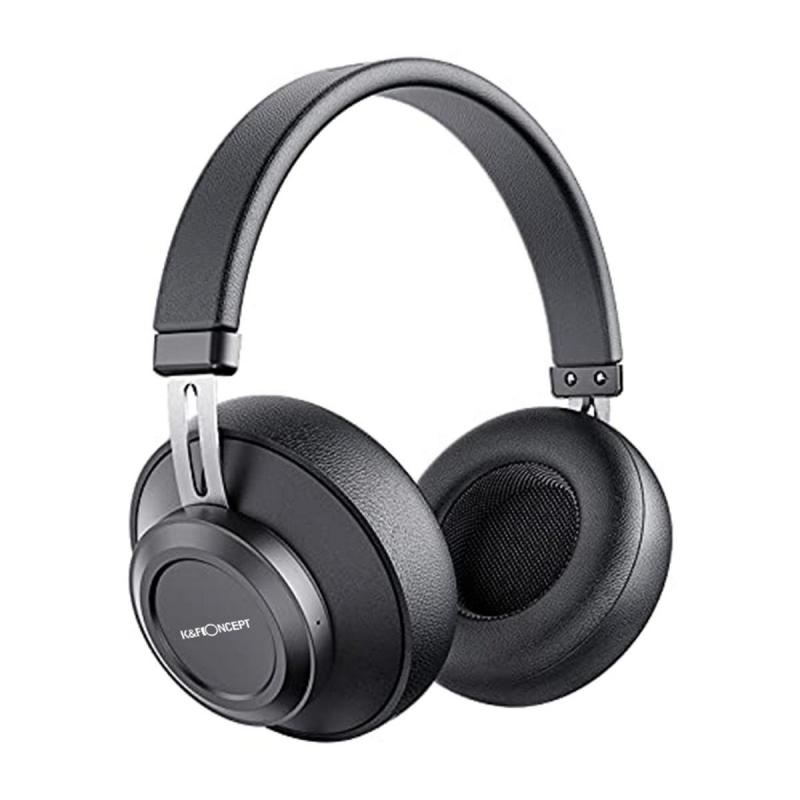
1. In-Ear Headphones (Earbuds)
In-ear headphones, commonly known as earbuds, are popular due to their portability and convenience. However, they are often more susceptible to wear and tear compared to other types of headphones. On average, a good pair of in-ear headphones can last anywhere from 1 to 3 years. The primary factors that affect their lifespan include the quality of the materials used, how often they are used, and how they are stored.
2. On-Ear Headphones
On-ear headphones sit on top of your ears and are generally more durable than in-ear models. They are often used for casual listening and commuting. A well-made pair of on-ear headphones can last between 2 to 5 years. The durability of the headband and ear pads, as well as the quality of the internal components, play a significant role in their longevity.
3. Over-Ear Headphones
Over-ear headphones are known for their superior sound quality and comfort. They are typically more robust and can last longer than both in-ear and on-ear headphones. A high-quality pair of over-ear headphones can last anywhere from 3 to 10 years, depending on the brand and how well they are maintained. The ear pads and headband are often replaceable, which can further extend their lifespan.
4. Wireless Headphones
Wireless headphones, including Bluetooth models, have become increasingly popular. While they offer the convenience of wireless connectivity, their lifespan can be affected by the battery life and the quality of the wireless components. On average, wireless headphones can last between 2 to 4 years. The battery's ability to hold a charge will diminish over time, which is a critical factor in their longevity.
Factors Affecting Headphone Lifespan
1. Build Quality
The materials and craftsmanship used in the construction of headphones significantly impact their durability. High-end models often use premium materials such as metal and high-quality plastics, which can withstand more wear and tear compared to cheaper models made from low-grade materials.
2. Usage Patterns
How often and in what conditions you use your headphones can greatly affect their lifespan. For instance, using headphones in extreme temperatures, exposing them to moisture, or subjecting them to physical stress can all shorten their lifespan. Regular, moderate use in a controlled environment will generally result in a longer lifespan.
3. Maintenance Practices
Proper maintenance can extend the life of your headphones. This includes regular cleaning, proper storage, and handling them with care. For example, wiping down the ear pads and headband to remove sweat and oils can prevent material degradation. Storing headphones in a protective case can also prevent physical damage.
4. Technological Obsolescence
Technological advancements can render older models obsolete, even if they are still functional. For example, changes in wireless technology or the introduction of new audio codecs can make older wireless headphones less compatible with newer devices.
Tips to Extend the Lifespan of Your Headphones
1. Proper Storage
Always store your headphones in a protective case when not in use. This will protect them from dust, moisture, and physical damage. Avoid wrapping the cable tightly around the headphones, as this can cause the wires to fray over time.
2. Regular Cleaning
Clean your headphones regularly to remove dirt, sweat, and oils. Use a soft, damp cloth to wipe down the ear pads and headband. For in-ear headphones, use a small brush or a cotton swab to clean the ear tips and the mesh.
3. Avoid Extreme Conditions
Keep your headphones away from extreme temperatures and moisture. Avoid using them in the rain or leaving them in a hot car. Extreme conditions can damage the materials and internal components.
4. Handle with Care
Be gentle when handling your headphones. Avoid pulling on the cable or dropping them. When removing in-ear headphones, pull them out gently rather than yanking on the cable.
5. Replace Worn Parts
Many high-quality headphones come with replaceable parts such as ear pads and cables. Replacing these parts when they become worn can significantly extend the lifespan of your headphones.
The lifespan of headphones can vary widely based on the type, build quality, usage patterns, and maintenance practices. In-ear headphones typically last between 1 to 3 years, on-ear headphones between 2 to 5 years, over-ear headphones between 3 to 10 years, and wireless headphones between 2 to 4 years. By investing in high-quality headphones, using them responsibly, and maintaining them properly, you can maximize their lifespan and enjoy high-quality audio for years to come.
Understanding these factors and taking proactive steps to care for your headphones can save you money in the long run and ensure that you get the most out of your investment. Whether you are a casual listener or an audiophile, knowing how to extend the life of your headphones is valuable knowledge that can enhance your overall listening experience.

